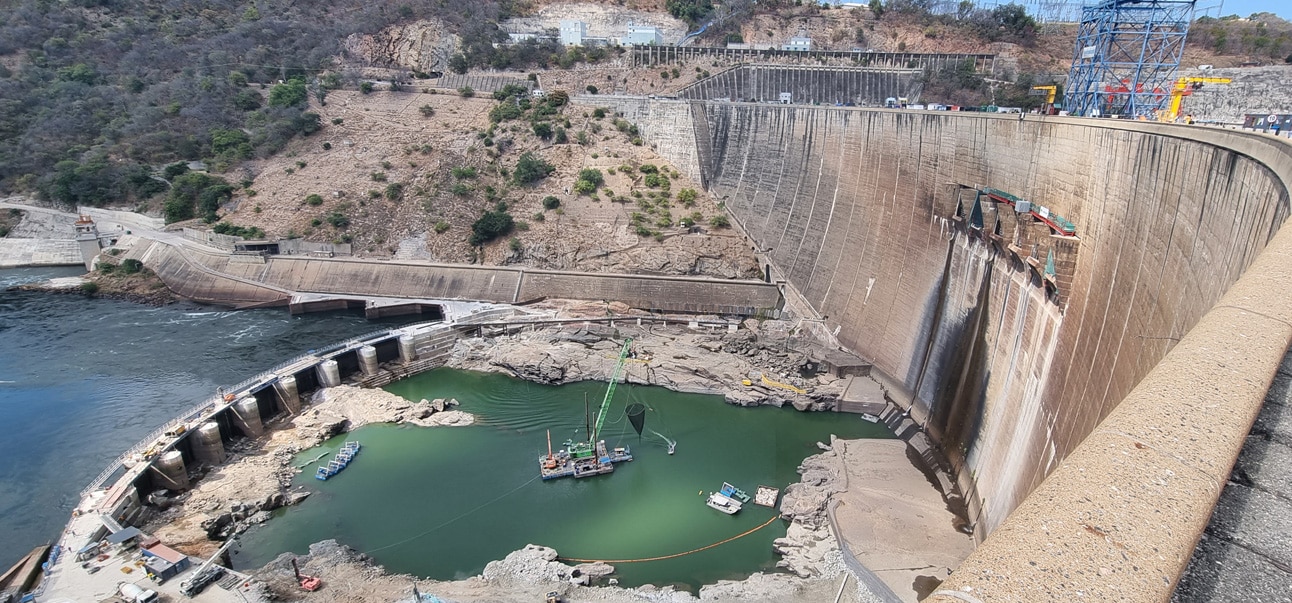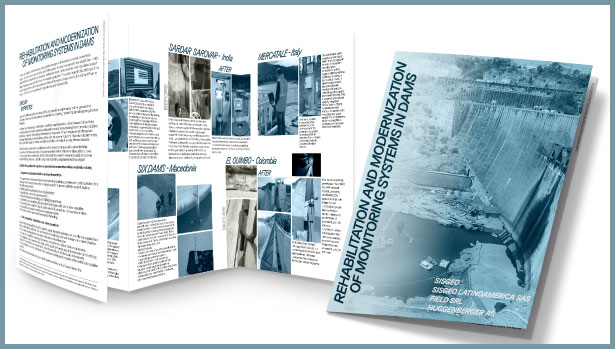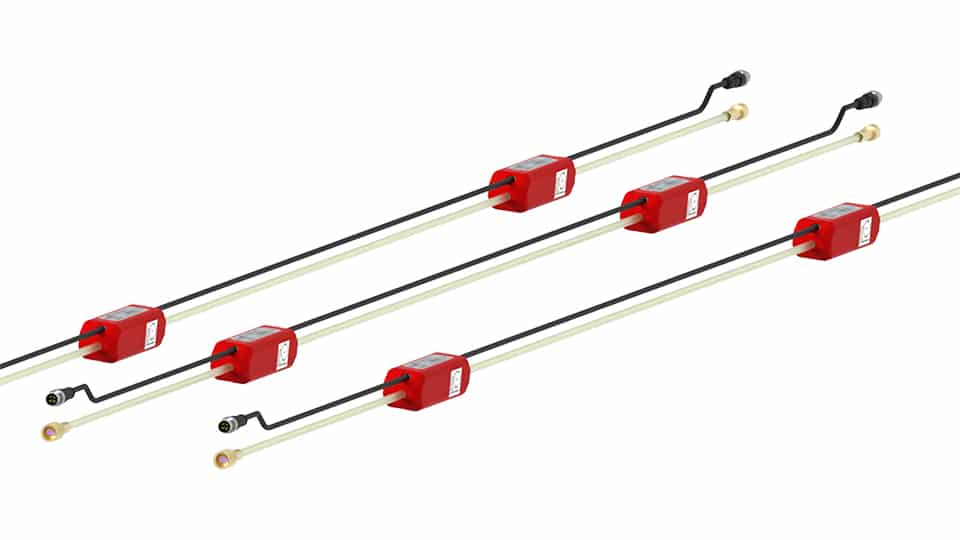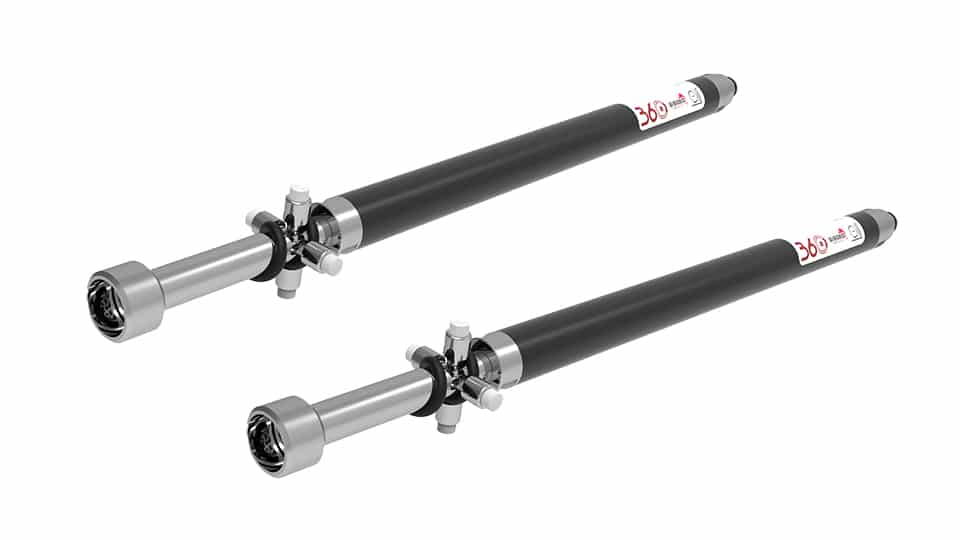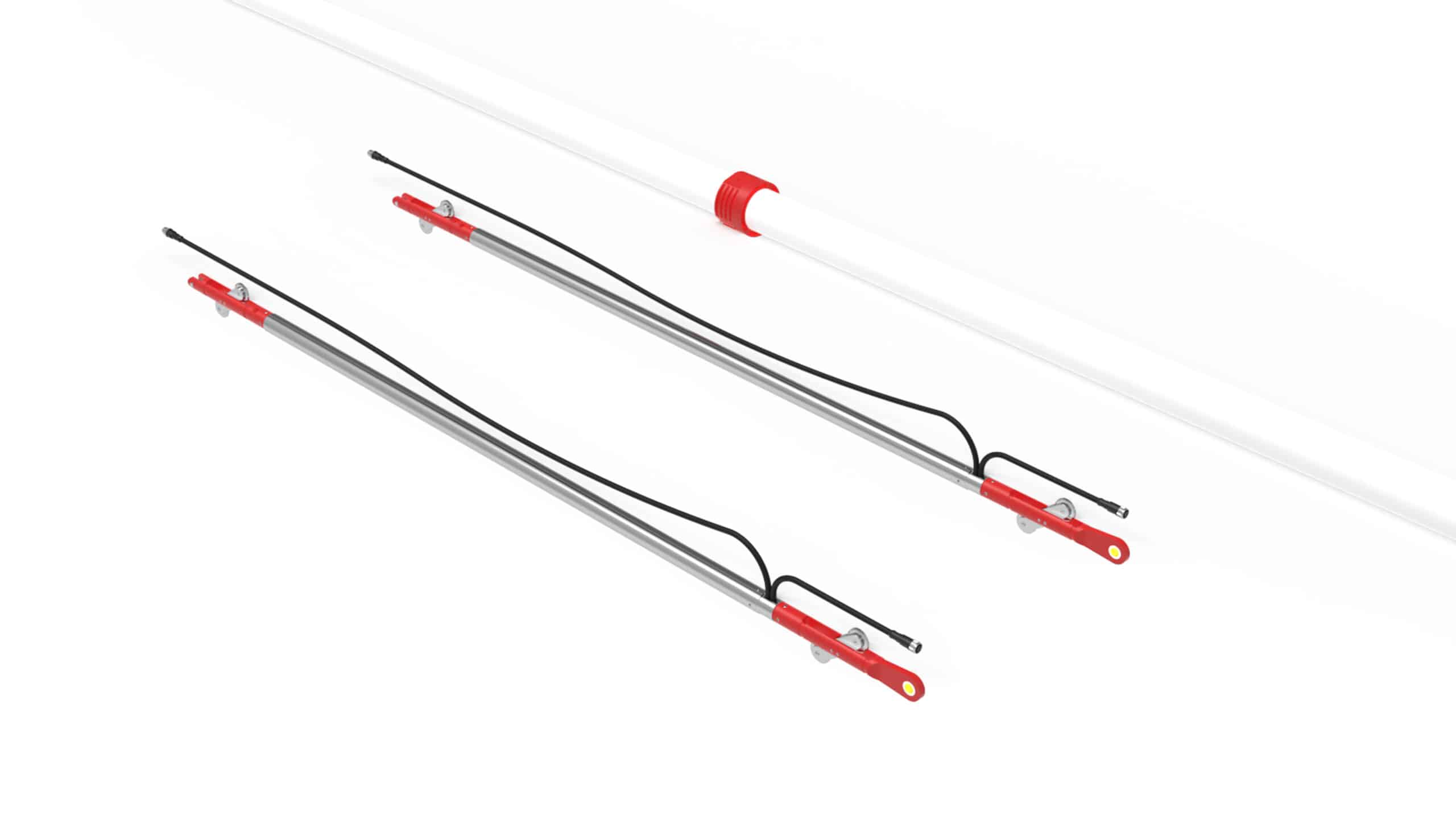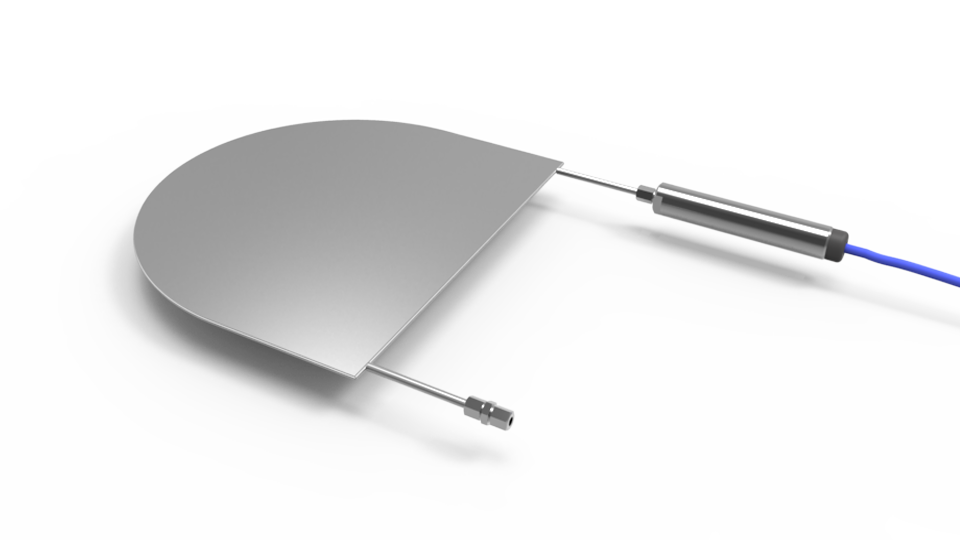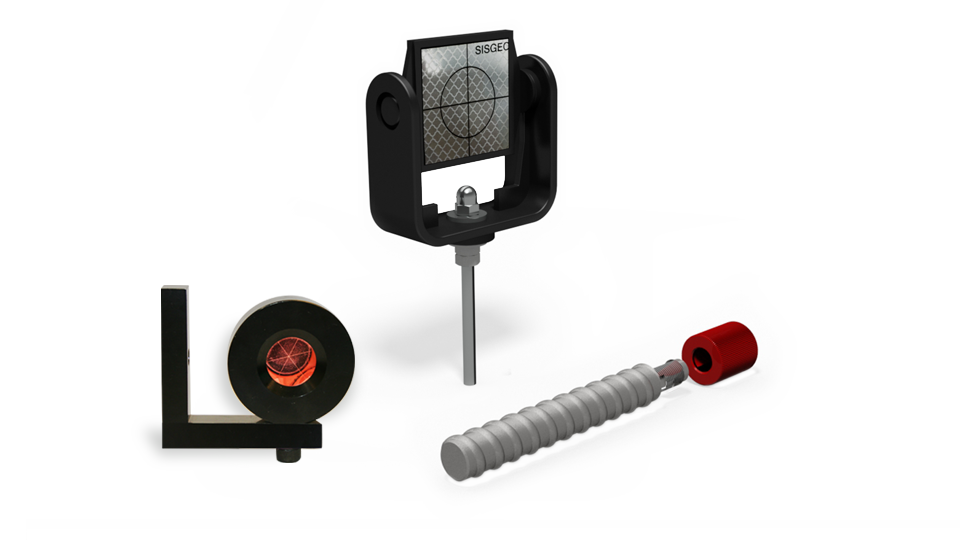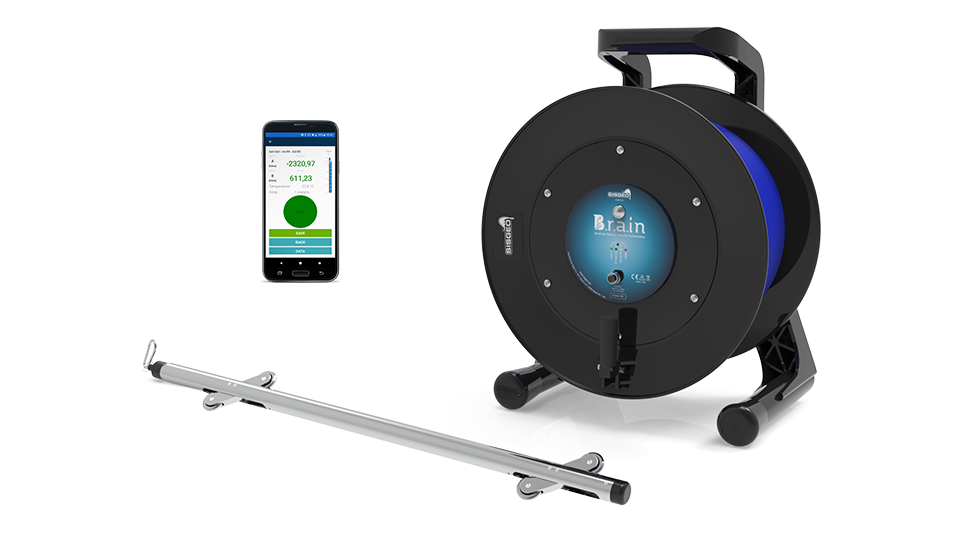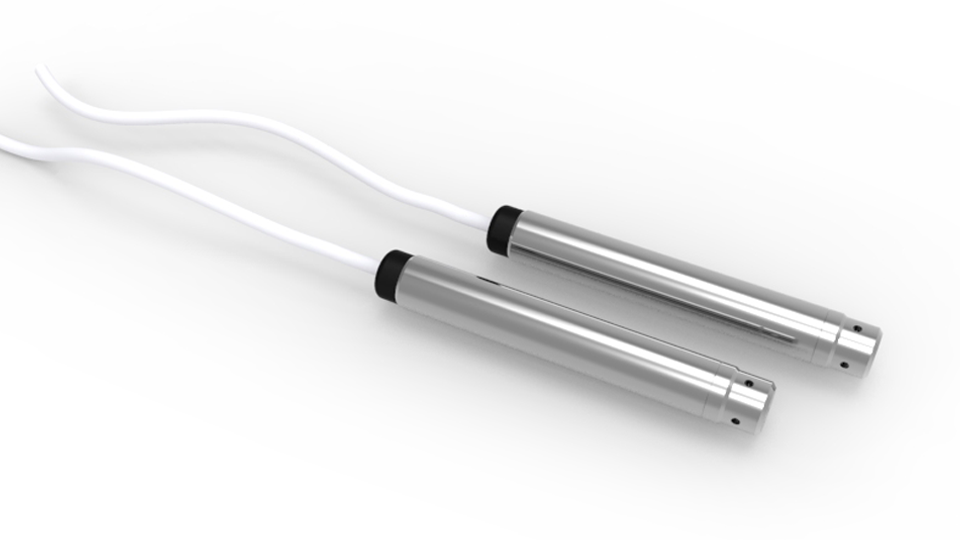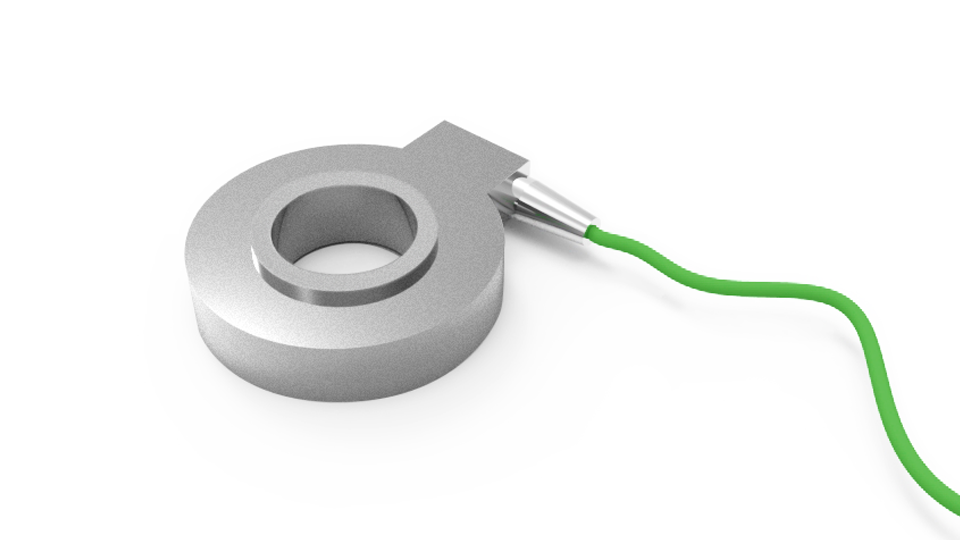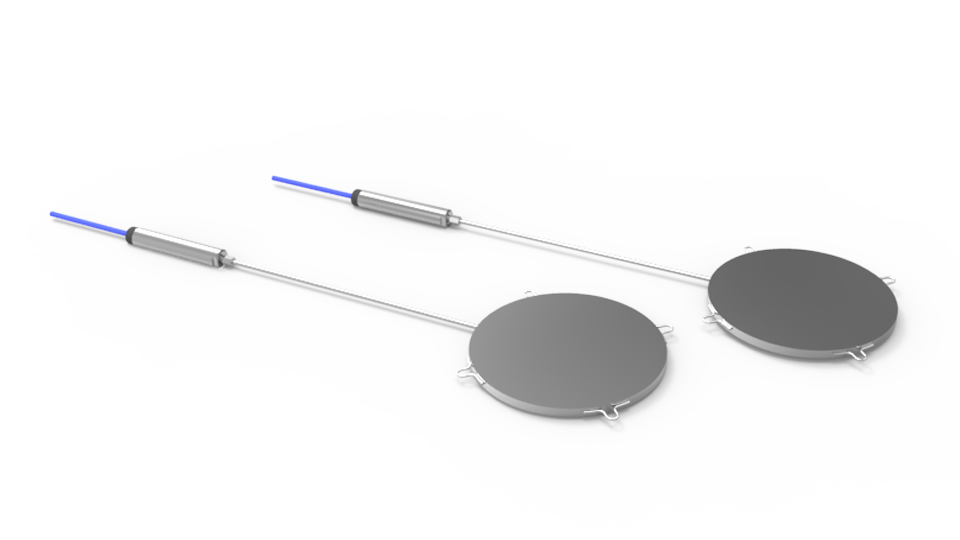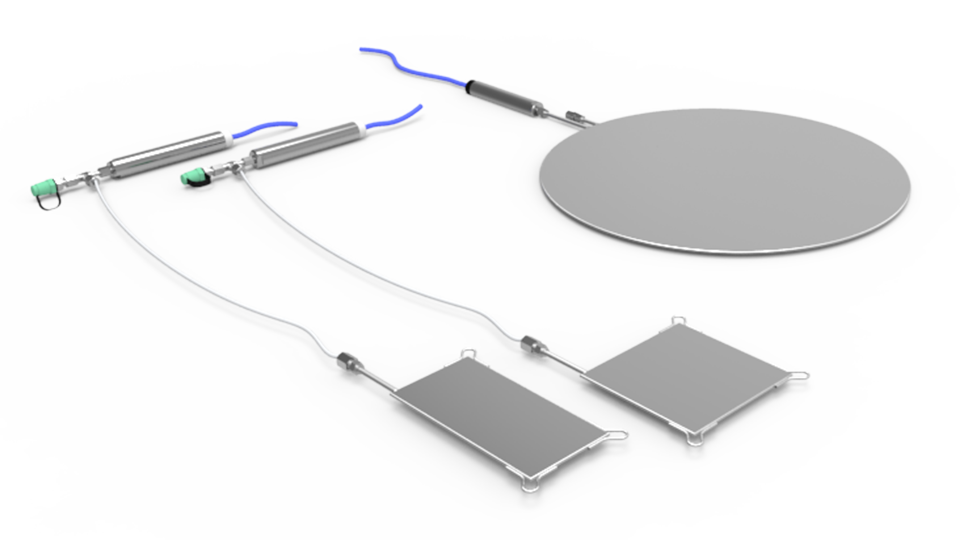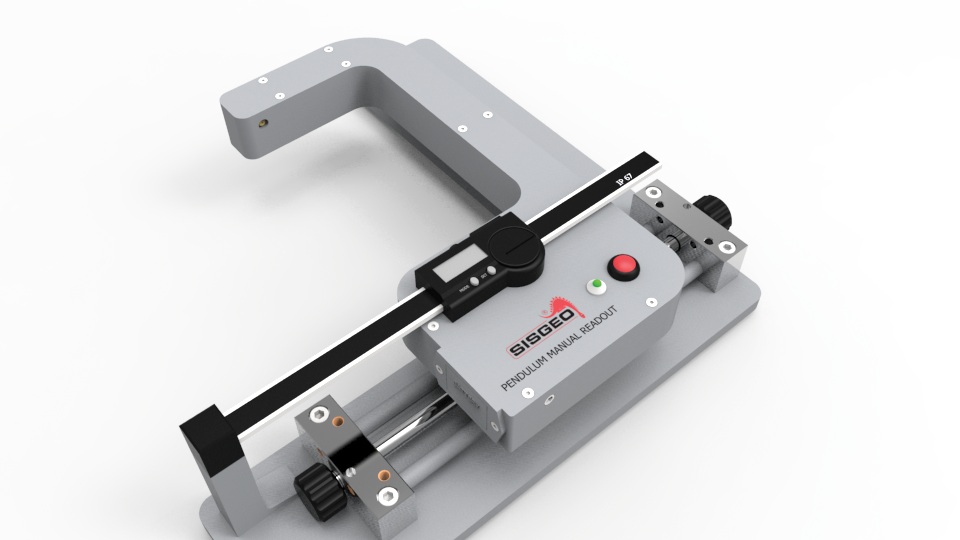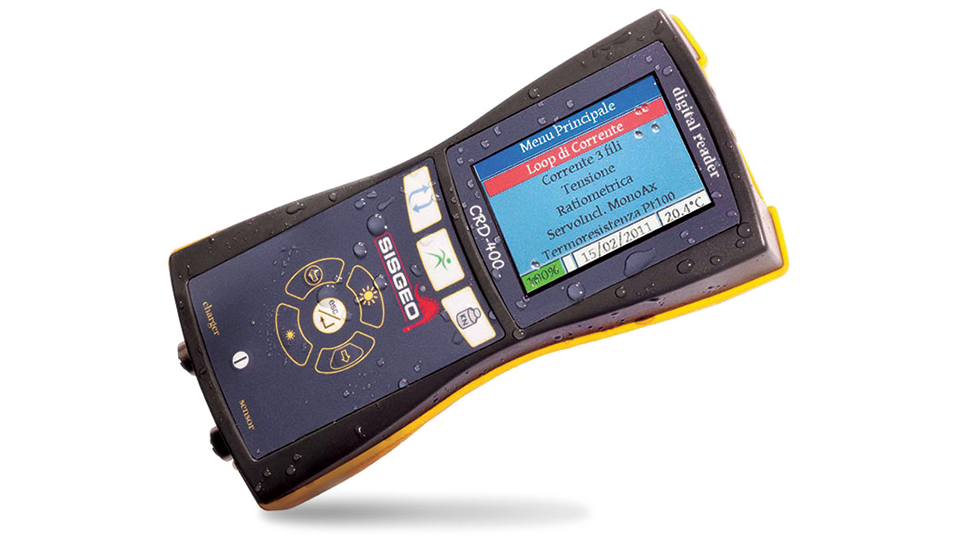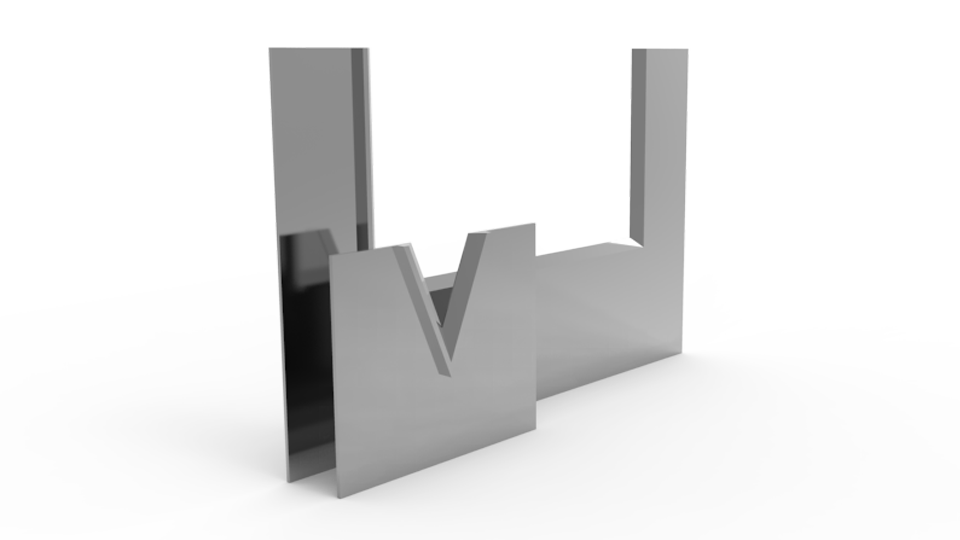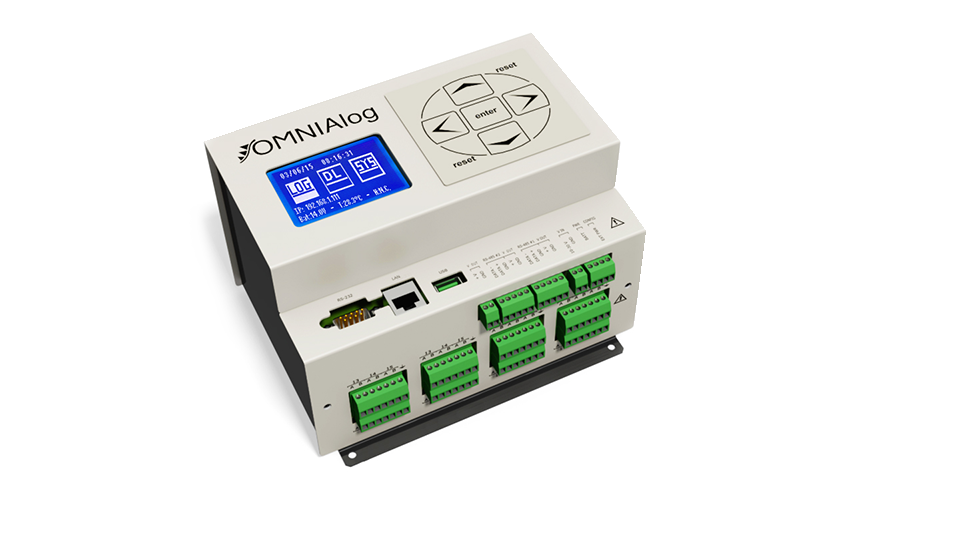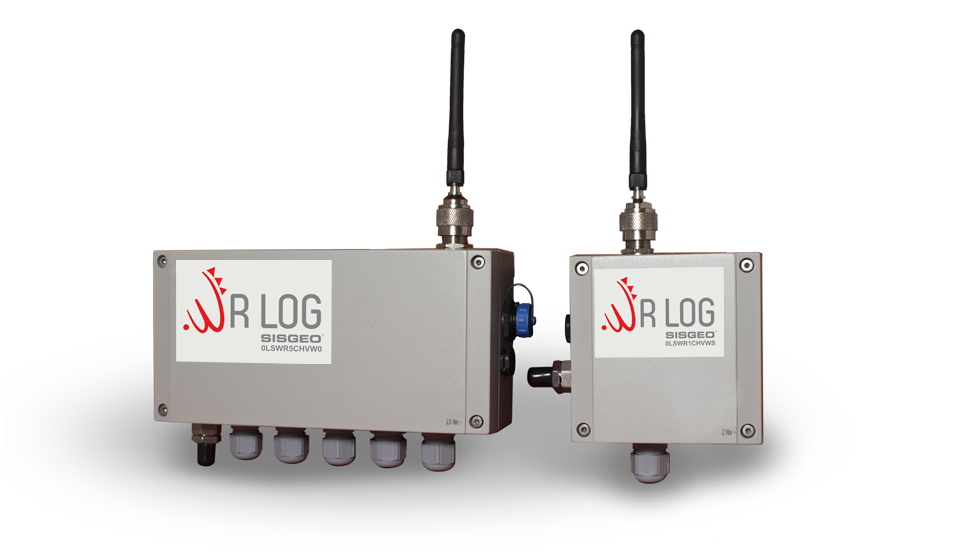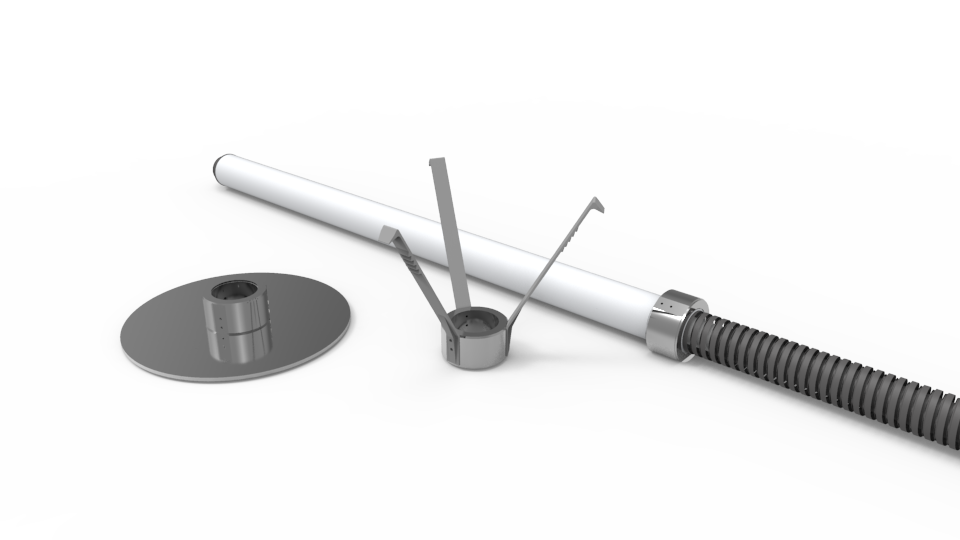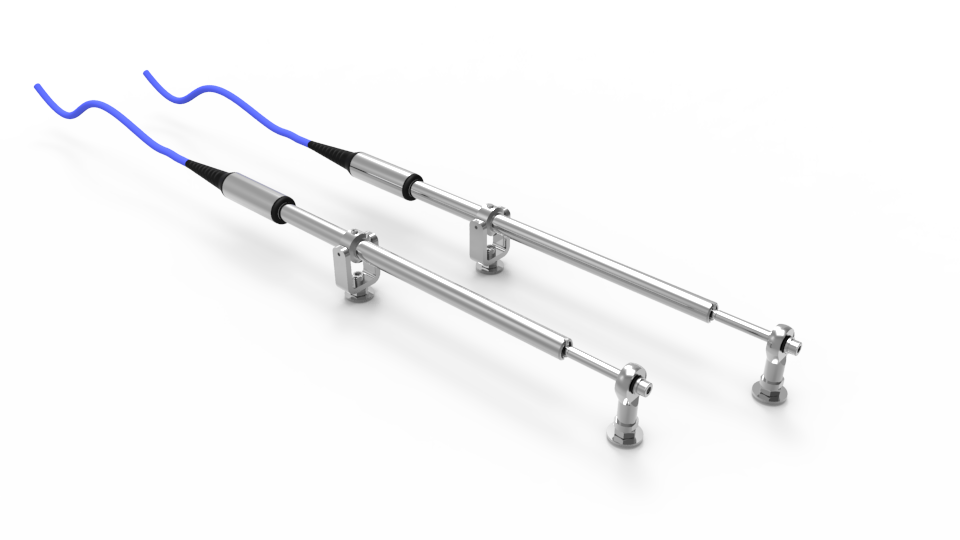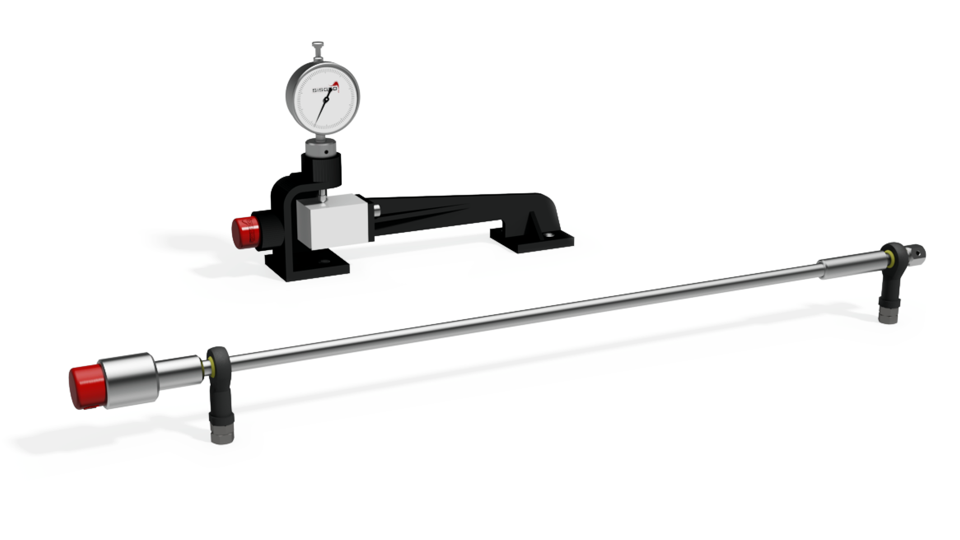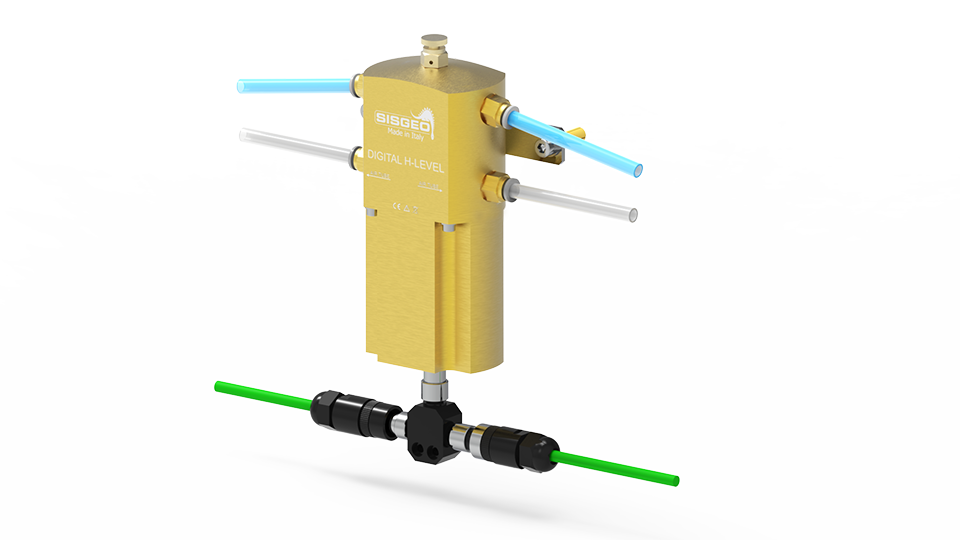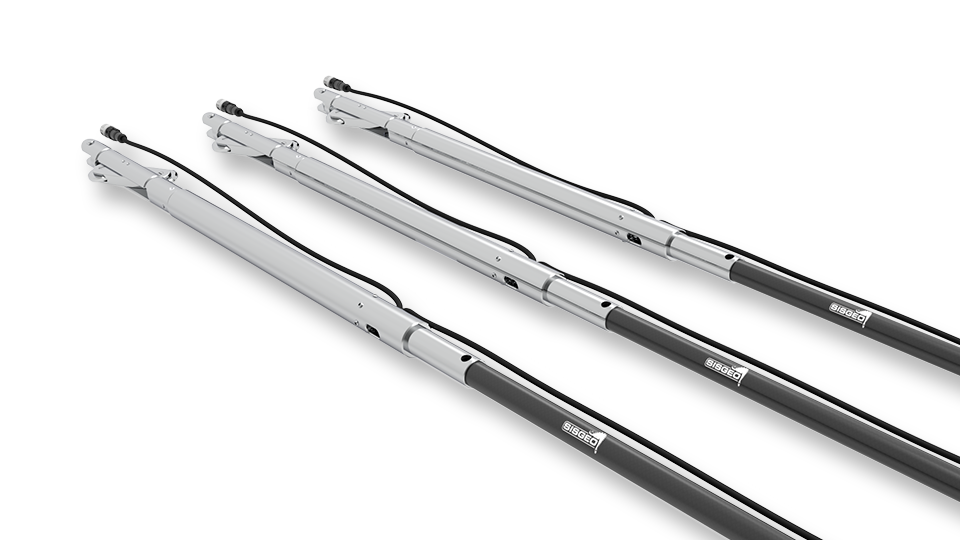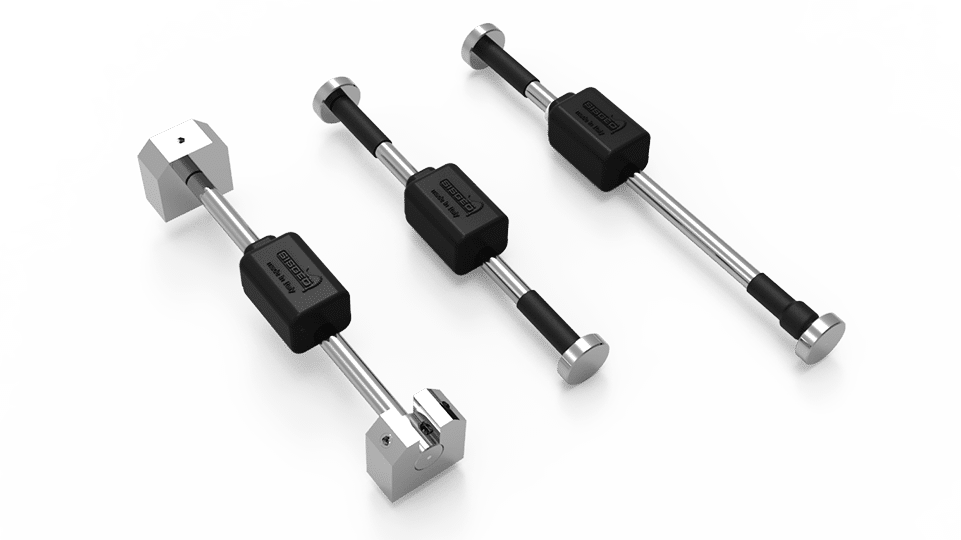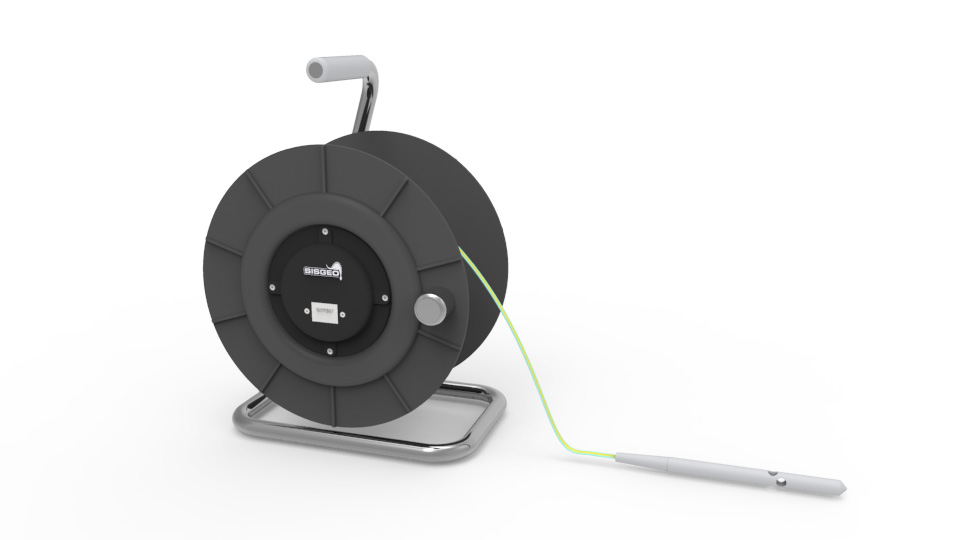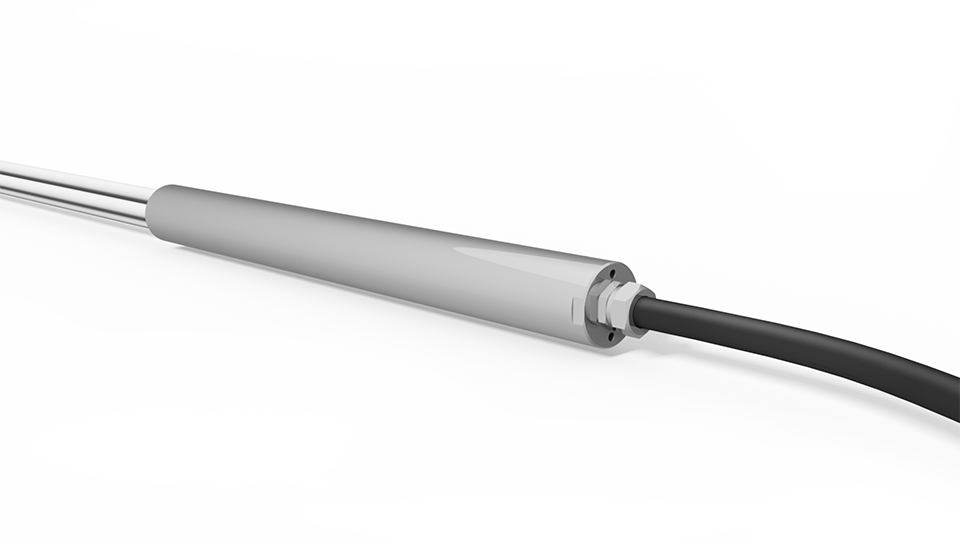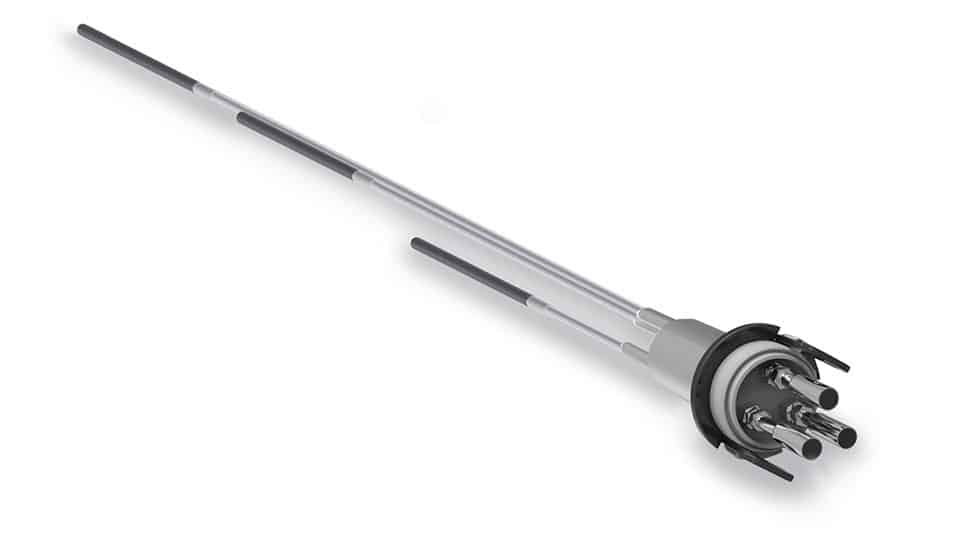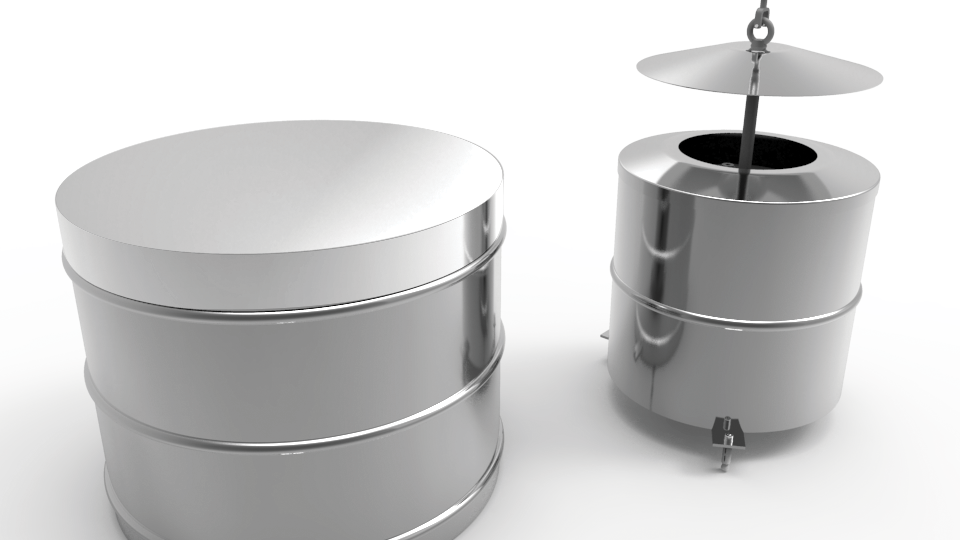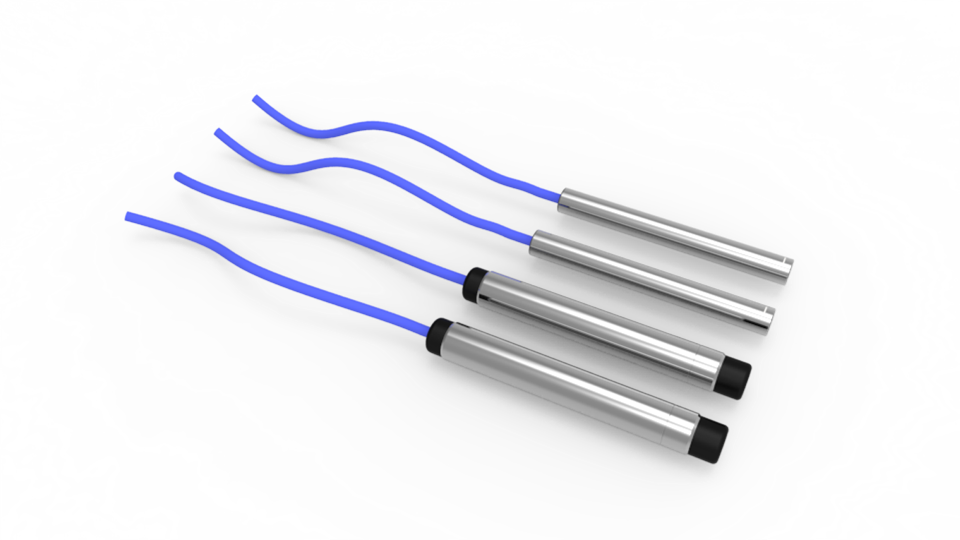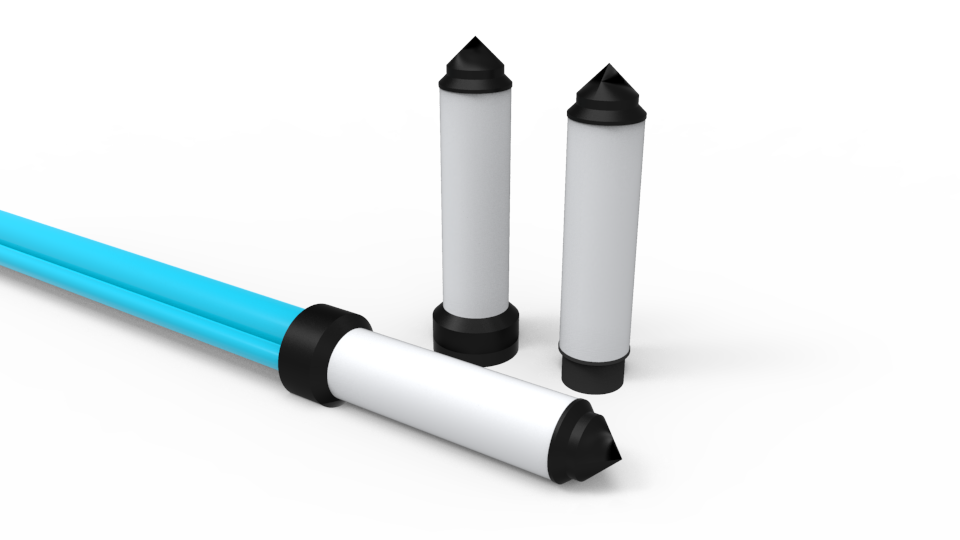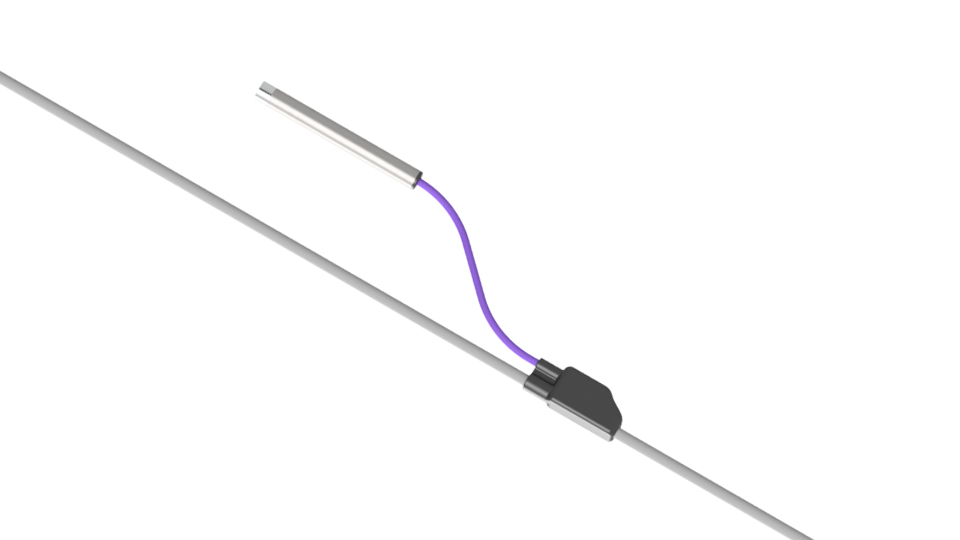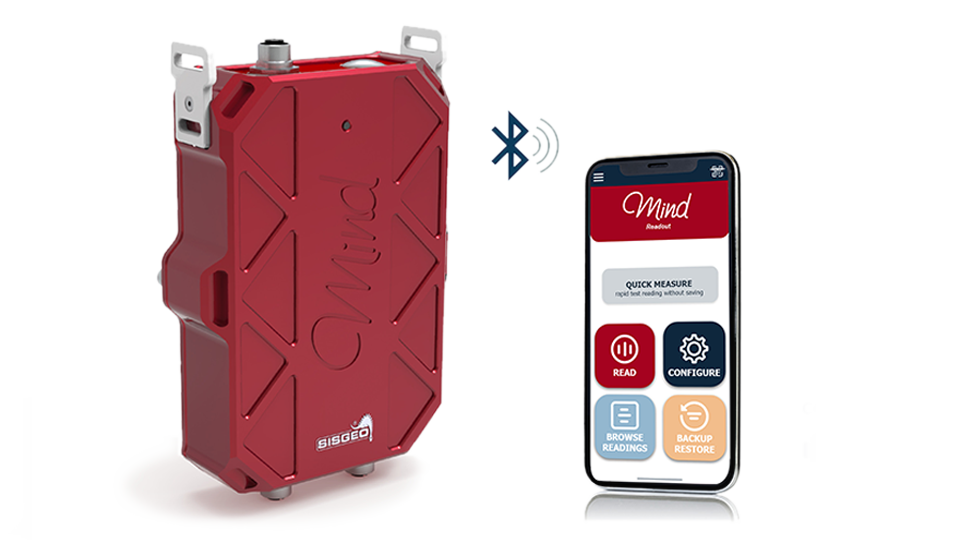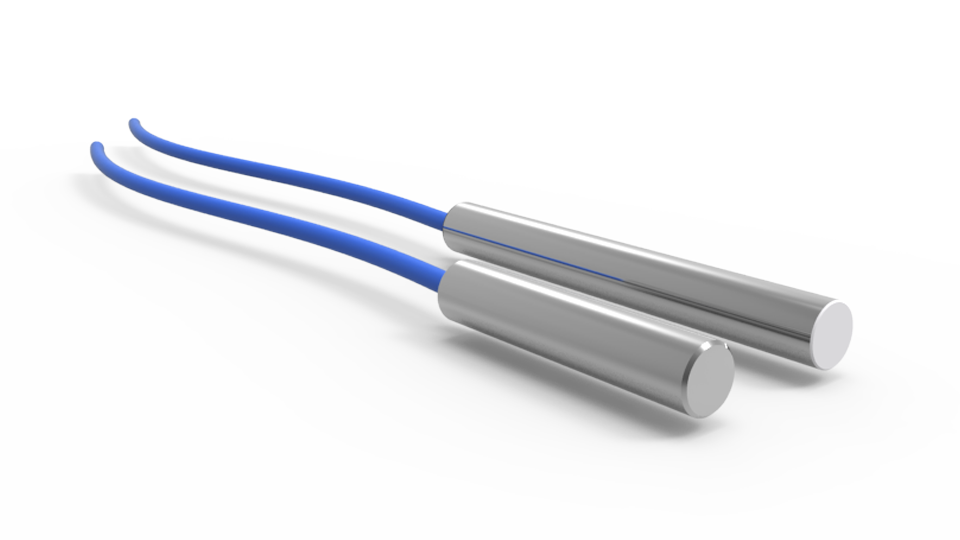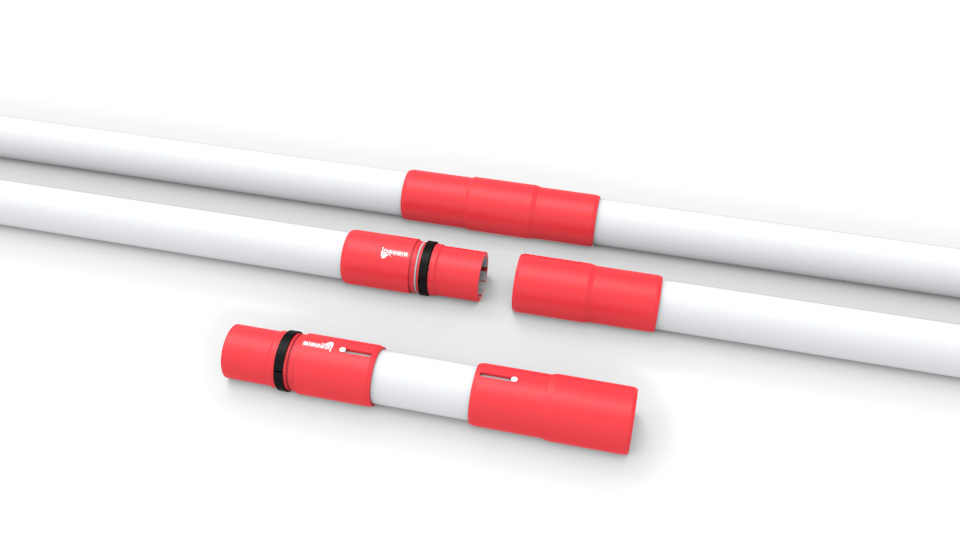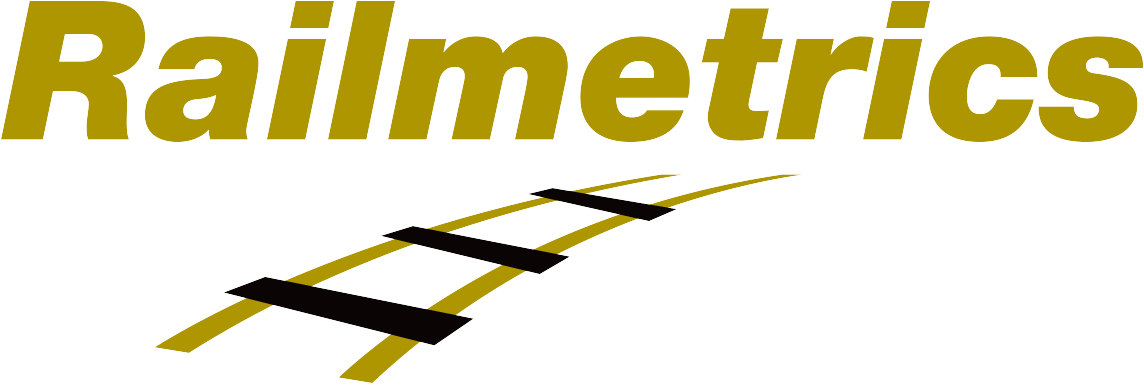WHAT IS DAM REHABILITATION? Which is the role of a good monitoring system?
La réhabilitation des barrages consiste à réparer, moderniser ou modifier les barrages afin d’améliorer leur sécurité et leur fonctionnalité. Dans un premier temps, cela implique d’évaluer l’intégrité structurelle du barrage et d’identifier les faiblesses susceptibles de présenter des risques. Ensuite, les ingénieurs prennent des mesures pour renforcer les fondations, réparer les fissures et, surtout, améliorer les déversoirs afin de faire face à des débits d’eau extrêmes. De plus, des systèmes de surveillance modernes sont nécessaires pour détecter les problèmes à un stade précoce. En fin de compte, la réhabilitation des barrages permet non seulement de prolonger leur durée de vie, mais aussi de protéger les communautés en aval et de garantir un approvisionnement fiable en eau pour l’irrigation, l’eau potable et la production d’énergie hydroélectrique.
Les systèmes de surveillance pour la réhabilitation des barrages impliquent la mise à niveau ou la restauration des équipements et technologies de surveillance afin d’améliorer la sécurité, la fiabilité et les performances du barrage. Les barrages sont des infrastructures essentielles conçues pour gérer les ressources en eau et produire de l’électricité. Beaucoup d’entre eux ont atteint la fin de leur durée de vie utile ou pourraient nécessiter d’importants travaux de réhabilitation.
Un bon système de surveillance géotechnique et structurelle joue un rôle crucial dans la réhabilitation des barrages en fournissant des données en temps réel sur l’état et les performances structurelles du barrage. Il permet aux ingénieurs d’identifier les premiers signes de dommages ou d’instabilité, tels que les changements dans les infiltrations, la pression ou la déformation. Ces informations sont essentielles pour prendre des décisions éclairées concernant les réparations, les mises à niveau ou les mesures préventives. De plus, un système de surveillance avancé garantit que le processus de réhabilitation est basé sur des données précises, ce qui permet de hiérarchiser les interventions, d’optimiser les calendriers de maintenance et d’améliorer la sécurité et la fonctionnalité à long terme du barrage. Sans un système de surveillance efficace, les efforts de réhabilitation peuvent manquer de précision, ce qui peut compromettre l’intégrité et la sécurité du barrage.
En 2021, l’UNU-INWEH (Institut pour l’eau, l’environnement et la santé de l’Université des Nations Unies) a publié un rapport intitulé « Vieillissement des infrastructures hydrauliques : un risque mondial émergent ». Les auteurs ont souligné qu’en 2050, la plupart de la population mondiale vivra en aval de dizaines de milliers de grands barrages construits au cours du XXe siècle, dont beaucoup sont restés en service au-delà de leur durée de vie utile.
Notre EXPERTISE EN MATIÈRE DE RÉHABILITATION DE BARRAGES
La réhabilitation des barrages vise à garantir la sécurité et la performance opérationnelle, et les systèmes de surveillance géotechnique et structurelle sont essentiels pour contrôler, entretenir et préserver l’intégrité structurelle. De plus, la conception, la vérification, l’installation, la mise en œuvre et la maintenance des systèmes de surveillance nécessitent généralement une collaboration étroite entre des ingénieurs professionnels issus de diverses disciplines.
La réalisation d’un maximum d’avantages et d’un retour sur investissement dans les systèmes d’instrumentation de surveillance dépend fortement de l’efficacité de la plateforme de gestion des données. Cette plateforme transforme les données en analyses précieuses sur lesquelles les autorités peuvent s’appuyer pour prendre des décisions opportunes et éclairées.
Sisgeo, avec Huggenberger et Sisgeo Latinoamerica, a l’honneur de collaborer avec des centaines de professionnels dans diverses disciplines. Au cours des trois dernières décennies, elle a fourni des solutions d’instrumentation de pointe à plus d’un millier de barrages dans le monde entier. Les solutions d’instrumentation Sisgeo garantissent une haute qualité et offrent une précision fiable, une grande facilité d’utilisation et, surtout, une assistance technique inégalée.
En juin 2025, Sisgeo a rejoint la famille Eddyfi Technologies, aux côtés de Senceive et Sensor Networks, au sein de la gamme de produits Remote Monitoring Solutions (RMS). Cela se traduit par un élargissement significatif de l’éventail de solutions de connectivité sans fil structurelles et avancées proposées à nos clients.
SISGEO, SISGEO LATINOAMERICA et HUGGENBERGER AG proposent une gamme complète de solutions d'instrumentation spécialisées dans le monde entier pour la réhabilitation des barrages, notamment:
→ Diagnostic et tests fonctionnels sur les instruments existants
L’inspection du fonctionnement des instruments et des processus de surveillance tels que la collecte et le stockage des données, ainsi que les systèmes de télécommunication, est essentielle pour les projets de réhabilitation des barrages. Elle implique les actions suivantes:
- Récupération de la documentation technique existante;
- Identification des instruments hors d’usage;
- Organiser des lectures historiques et mettre en évidence les anomalies;
- Collecte de nouvelles mesures à l’aide d’enregistreurs de données modernes dotés de capacités d’analyse des données;
- Évaluation de l’intégrité des câbles de signalisation, des connexions électriques et des fixations mécaniques;
- Évaluation des formules de conversion et des modèles de régression;
- Fournir des rapports d’étape et résumer les conclusions;
→ Acquisition de données, numérisation et accessibilité en ligne
Compte tenu de la spécificité du site et des besoins du client, l’infrastructure existante peut souvent être mise à niveau pour devenir une plateforme entièrement automatisée. L’automatisation des systèmes de surveillance est nécessaire pour diverses raisons:
- Éviter ou réduire les erreurs humaines dans le processus de collecte des données;
- Définir et réinitialiser la fréquence d’échantillonnage et améliorer l’inférence statistique si nécessaire;
- Numériser et compresser les données, ce qui améliore considérablement la transmission des données et la capacité de stockage des archives historiques et, plus important encore, facilite l’accès à ces archives;
- Réduire au minimum les coûts irrécupérables liés à la réduction du câblage et à la complexité du système central d’acquisition des données;
- Permettre la surveillance dynamique et statique des actifs en temps réel sans intervention humaine.
→ Conception, fourniture et installation
La conception et la mise en œuvre de systèmes d’instrumentation et de surveillance dans les projets d’ingénierie sont essentielles pour gérer les phénomènes physiques, techniques et géologiques. Il est nécessaire d’étudier attentivement les besoins en matière de mesure, les paramètres et l’architecture des instruments. Les paramètres critiques tels que la plage de mesure, la fréquence, la précision et l’utilisation des données doivent être évalués. La conception implique des documents techniques, des plans et des calendriers de maintenance. Il est essentiel de protéger les instruments pendant les travaux de génie civil.
Sisgeo, l’un des principaux fournisseurs de technologie d’inclinomètres, met l’accent sur les spécifications détaillées et les manuels d’utilisation pour un stockage et une installation efficaces. La phase d’installation nécessite un respect strict des spécifications.
Sisgeo forme son personnel à une installation efficace, conscient de son impact sur les performances du système. Une conception méticuleuse, des spécifications détaillées et une installation experte sont essentielles pour obtenir des solutions de surveillance de haute qualité dans les applications d’ingénierie.
→ Opérations de maintenance du système
Les opérations de maintenance du système comprennent deux types :
A) L’entretien courant comprend toutes les activités de contrôle et de révision du système, y compris les vérifications fonctionnelles de tous les instruments et enregistreurs de données, l’inspection des connexions à distance et des réseaux de transmission de données, la réparation ou le remplacement des capteurs ou des composants présentant un comportement anormal.
B) La maintenance extraordinaire est généralement réalisée à la demande du client pour entreprendre des réparations et régler les défauts et les dysfonctionnements.
La fréquence des opérations d’entretien dépend principalement du type d’installation, des conditions environnementales et d’autres facteurs spécifiques.
En général, les opérations de maintenance courante sont effectuées plus fréquemment (mensuellement) au cours des premiers mois, et passent à des calendriers trimestriels ou semestriels en fonction des ressources du client et de la disponibilité des spécialistes sur place.
→ Assistance après-vente, étalonnage périodique, réparation et maintenance
Après l’installation des instruments et des enregistreurs de données, notre engagement s’étend à une assistance technique complète. Notre équipe d’assistance dédiée est à votre disposition pour répondre à toutes vos questions ou résoudre les problèmes techniques qui pourraient survenir. Que vous ayez besoin d’aide pour l’installation, la configuration, le dépannage ou l’étalonnage périodique de vos produits, nos experts vous proposent des solutions rapides et efficaces pour vous aider à optimiser les fonctionnalités de vos instruments.
De plus, nos services de maintenance comprennent des inspections approfondies, des tests, des mises à jour du micrologiciel et tous les réglages nécessaires pour garantir le bon fonctionnement de vos outils.

